
McKenna specializes in printing cherished memories; photographs of loved ones, wedding albums for brides and grooms, metal prints featuring high school seniors, and canvases depicting stunning landscapes. Printing captures what’s important. It encourages the viewer to appreciate your artwork. Not only does printing display your beautiful imagery and allow your clients’ memories to live on, but it also brings everyone satisfaction.
My printing journey started with my grandfather at age 9. In his converted garage, we developed film, retouched negatives, and printed black and white photos. If you’re like me, your negatives are likely all boxed up now, and your hard drives may be full of unprinted images. Printing your digital files allows you and your clients to revisit captured moments in a tangible way.
Yes, I’m suggesting you print your digital files because printing will increase your in-person sales and give your high-quality work the bold presence it deserves. Your customers will be proud to display your artwork, and ultimately, as professional photographers, we must remember that the final format of our medium is a printed photograph.
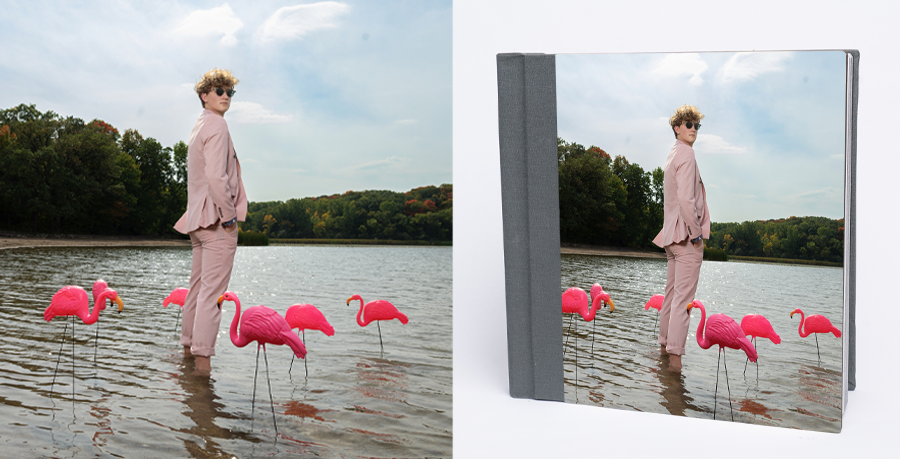
How Do I Photograph For Printing? Begin With The End In Mind.
Before the photo session or sale of your artwork, talk to your customers about the wall space they want to fill. Would one large statement piece or a cluster of smaller-sized prints compliment the environment the best? Would a Gallery Wrap, Metal Print, or framed print work better with their décor?
Perhaps they don’t want a wall print and are thinking of a photo album instead. If you’re shooting for the perfect cover image but haven’t decided between a Full Photo Wrap Cover or a material Back Wrap with Metal or ChromaLuxe™️ Photo Cover, I’d aim for a square crop to give yourself ample room in all directions. Here’s why:
As a commercial photographer working for magazines, I rarely knew if I was shooting for the cover. So, I’d leave extra background for the designer, which they appreciated. These days, Adobe Photoshop’s Generative Fill makes it easy to add extra background, but I still prefer doing it in camera. To learn how to improve your editing in Photoshop automation and dabble with AI integration, please join me for a two-part webinar series titled AI & Automation on October 23rd and November 13th.
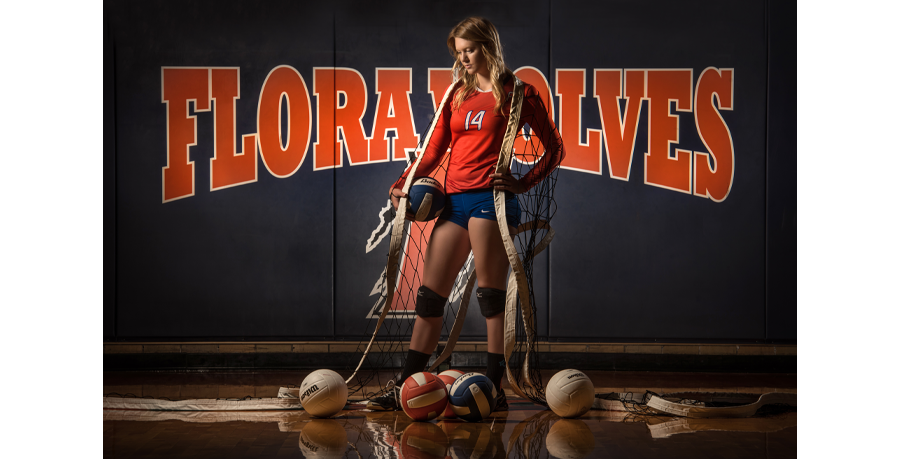
What Product Are Photographers Selling?
In recent webinars, McKenna’s Sponsored Photographers shared their insight on top-selling products. Integrity Albums are a big hit with Pam Jones of Paris Mountain Photography and Nathan Loker of Loker Photography. While Pam prefers ChromaLuxe™️ covers, Nathan opts for metal covers. Kristin Jones of Any Angle Photography offers Full Wrap Photo covers to her clients.
Sometimes, showing customers specific products before the shoot will help them envision your photos on their walls. In paraphrasing Ben Shirk, his products on display help sell canvases and metal prints. His hallway and salesroom groupings suggest multiple prints of the same wardrobe. Shirk’s strategy increases sales and his artwork on their walls.
During another webinar, Josh Hanna of Joshua Hanna Photography explained his preference for free-standing curved metal prints – outward for senior males and inward for senior girls. Jaimy Ellis explained that 8×8 hinged books are her top seller.
Watch the “Business & Products” webinars with Ben Shirk, Josh Hanna and Jaimy Ellis, Pam Jones and Nathan Loker, and Kristin Jones on McKenna’s YouTube channel.
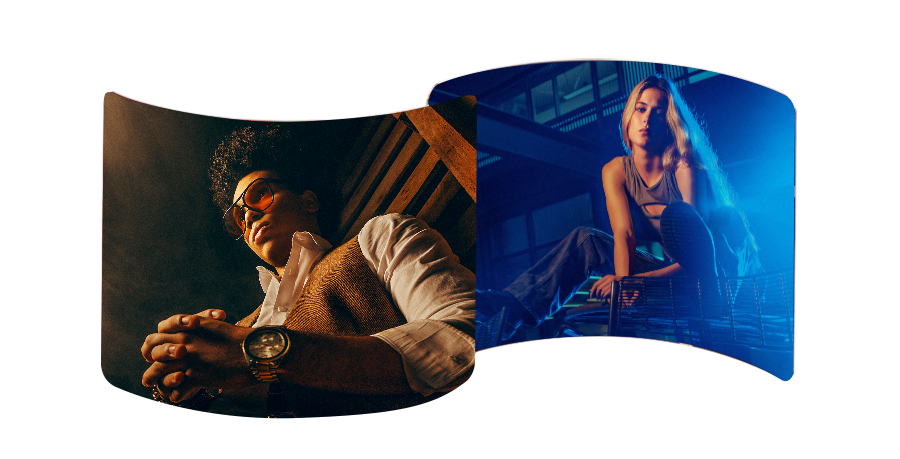
Which Products Are Best For My Images?
At McKenna, we suggest getting to know some of our different products and choosing your top favorites. Photographs are still in style and more beautiful than ever. If you are creating Integrity Albums, or Double-Sided Prints for Presentation Boxes, I recommend Silk Prints because they’re fingerprint-resistant.
Do you prefer something more contemporary? Try our metal prints. This process infuses inks into metal sheets through transfer paper, requiring a combination of heat, pressure, and time. Metal prints produce vibrant, colorful imagery.
On the other hand, the texture of organic canvases adds a traditional artisan style, which might better complement the decor. If you prefer the look and feel of canvas over metal and want to increase the perceived value of your wall art, try an Art Block.
If you use our Press Print department for cards, calendars, magazines, and posters, try designing with one of our Photoshop Base Templates or Photoshop Designer Templates. There are many options to choose from like our 2024 Holiday Card designs. As always, if you need assistance in Photoshop, please contact me or our customer service team.
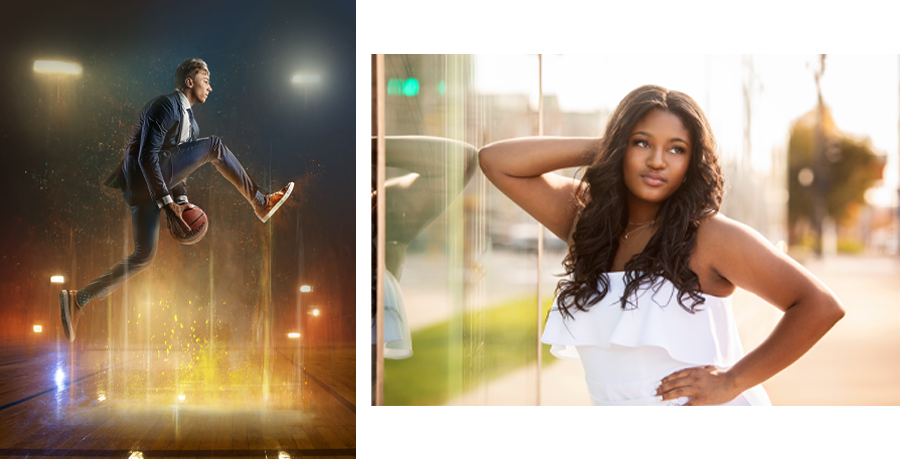
I Love McKenna’s Wide Selection Of Product. But Eric, What Is Your Favorite?
Metal Prints. Hypothetically speaking, if you displayed our four metal finishes side-by-side (glossy, semi-gloss, matte, and metallic), the glossy metal might get most of the attention, but you’ll be scratching your head with our matte finish. It’s soft appearance leaves most in disbelief. Yes, this print is made of real metal and is a great conversational piece for any studio or living room.
Semi-gloss is another fine choice. It’s not as reflective as gloss, which is sometimes helpful, but as previously stated, if you want to make a statement, select glossy. However, if you’re displaying a large print in a room full of windows, you might prefer semi-gloss or matte.
Last but not least, our metallic finish is my personal favorite because its brushed aluminum shows through the highlights and shadows. We printed the above image at 30×48 and mounted it on a Metal Flush Frame for a truly industrial feel. In my humble opinion, this finish doesn’t work for all images due to the aluminum pattern possibly competing with your detailed image, but when it pops, you’ll catch yourself staring at it every time you walk by. Trust me, it’s impressive!
Like any piece of art, a metal print (especially the metallic finish), is best under ideal lighting conditions.
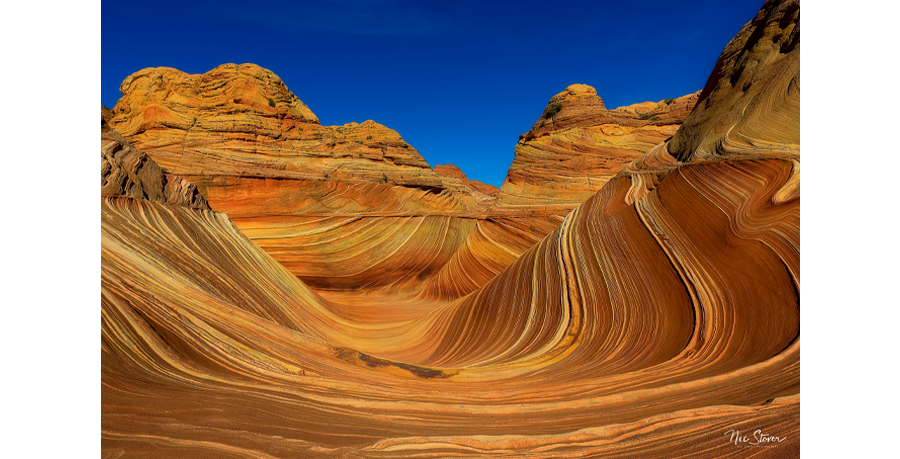
Besides Increased Revenue, Printing Improves Your Photo Editing
Physical prints improve our photo editing because color, densities, and saturation can be systematically optimized. The more we get used to printing on specific substrates, the more we can master our own adjustments for them. Simply put, the more we print, the better our prints look.
Practice makes perfect, right?
This blog was written by Eric Garcia-March, our in-house Photography Education Specialist and host of our McKenna Live webinars. Prior to McKenna, Eric was a commercial photographer for over 15 years and taught classes at the Image Processing and Multimedia Technology Center in Spain and post-production classes at the Fashion Institute of Technology in New York City. Schedule a free one-on-one coaching session with Eric today.
Images by Paris Mountain Photography, Any Angle Photography, Loker Photographer, Joshua Hanna Photography, Shirk Photography, Jaimy Ellis – Photographer, and Nic Stover Photography.

